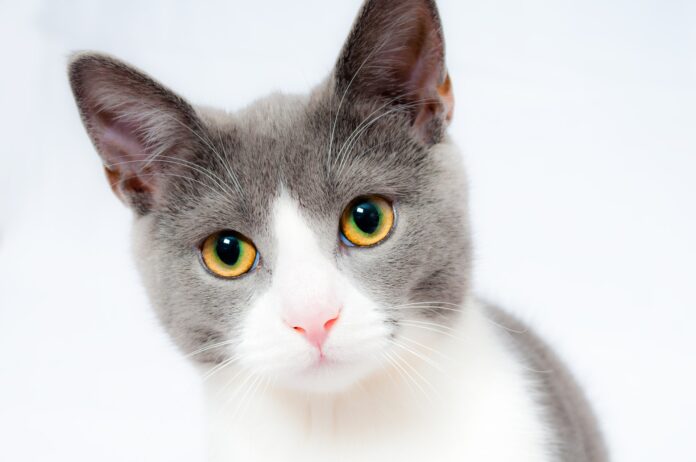Understanding the Costs of Feeding Your Cat: A Comprehensive Analysis
In a previous analysis, we explored the costs associated with various types of commercial dog food. This sparked the need for a similar evaluation of cat food expenses. Feeding a cat can vary greatly based on food type, leading to significant differences in annual costs. In this article, we delve into the costs of feeding an average 10-pound cat and provide insights on the different categories of cat food available in the market.
Categories of Cat Food and Their Associated Costs
The cost of cat food generally exceeds that of dog food on a per-pound basis. This is largely due to cat foods being higher in protein and fat, which are more expensive ingredients. Our evaluation considered multiple categories of cat food:
- Dry Foods: Mass market and premium options.
- Wet Foods: Both mass market and premium selections.
- Fresh Food Diets: Typically available via subscription or frozen options.
- Raw Diets: Focused on freeze-dried varieties for shelf stability.
It’s important to note that we do not recommend raw diets due to potential health risks for both pets and their owners.
Data Collection Methodology
To gather accurate data, we analyzed the costs associated with feeding a hypothetical cat that requires approximately 260 kcal per day to maintain weight. Here’s how we selected the products:
- Three diets from each category for comparison.
- Prices sourced from retailers where such diets are typically sold.
- Size specifications for dry food based on bags no larger than 7 pounds.
- Wet food costs calculated based on cases of 24 whenever available.
- Selective focus on adult cat diets, minimizing variations in ingredients.
The prices gathered represent typical retail prices without promotional discounts.
Annual Cost Breakdown of Cat Food Options
For the average 10-pound cat, spending can range from a mere 23 cents to nearly $6 daily for the same calorie intake. Here’s a summary of the yearly cost analysis:
- Dry Diets: Most cost-effective option, with yearly costs ranging from $86 to over $2,100.
- Wet Foods: Generally more expensive, with no overlap in costs compared to dry foods.
- Fresh and Raw Foods: Both types are typically pricier than dry and wet options.
Interestingly, unlike trends observed in dog feed costs, premium wet foods are more expensive than raw options and align closely with the prices of fresh foods.
Limitations of the Data
While the data provides valuable insights, it is crucial to note that the analysis included a limited selection of products. Only six each of dry and wet foods, along with three of fresh and raw diets, were evaluated. The selected brands were chosen for their popularity and availability rather than at random, contributing to a more focused comparison.
Does Higher Cost Ensure Better Health for Your Cat?
A common question arising from this analysis is whether higher-priced cat food translates to improved health outcomes. All diets included in this study were “complete and balanced,” which suggests they should adequately support the overall health of your cat without leading to nutrient deficiencies. Some affordable options might be just as effective as premium brands.
While higher moisture diets may benefit specific health conditions, it’s essential to consider the psychological factors at play—pet owners may perceive greater health improvements when investing in pricier diets, sometimes referred to as the “marketing placebo effect.”
Conclusion: Choosing the Right Diet for Your Cat
Pet owners should feel comfortable selecting diets for their cats that align with their financial constraints. Quality cat food is available at nearly every price point, and your veterinarian can assist in finding the best options that provide both health benefits and value for your money. Prioritize your budget while ensuring your feline companion receives adequate nutrition, regardless of the food category you choose.
By understanding the costs and nutritional values associated with various cat food options, owners can make informed decisions that contribute to the well-being of their beloved cats.
Feature image by scott payne from Pixabay.











